Ming Dynasty Plates Designs Blue Plate Design Ming
The Great Ming
The Ming Dynasty
The Ming Dynasty ruled from the years 1368 to 1644 AD. This was a time when China's population would double. This period was known for its trade expansion to the world. This was also the period of establishment of good cultural links with the west. The dynasty was also well known for its literature, drama, and well-renowned porcelain.
The struggle with various nationalities commenced throughout this period. Clashes with the Mongols were almost perpetual. In the first decades of this period, the Mongols were compelled to the north which was Outer Mongolia. However, the Ming couldn't claim absolute victory.
From then, the Ming Dynasty was still able to maintain their North border. Yet as time passed, this in effect only arrived at the line of China's Great wall.
The Juchen from the Northeast rose around the 16th century's end. They forced the Ming army to retreat south. Instead, they made the eastern end of the Great Wall as their last option for defense. The Ming devoted a good amount of resources to strengthen and maintain the wall. This was especially in the area close to Beijing, the dynasty's capital.
Read the full story
Rise of the Ming Dynasty
The Ming dynasty founder was Emperor Taizu. He was also called Zhu Yuanzhang.
He was a man born into poverty and spent most of his youth roving the country after his parents died. His misfortune was also followed by a series of natural disasters along the Yellow River.
For years, he begged for a Buddhist monastery. This lifestyle came to an end when a militia burned this down to stop a rebellion.
In the year 1352 AD, Taizu joined a rebel unit connected to the White Lotus Society. He soon rose up to the ranks and led a successful assault on Nanjing.
He used the city as his base to lash out and attack the regional warlords.
Taizu's main goal was the Mongolian leaders of the Yuan. He was able to capture Beijing in the year 1368, crushing the palaces there. Taizu was able to send the Mongolian leaders running and was able to announce the Ming Dynasty.
Emperor Taizu
The empire of emperor Taizu was that of respect of authority and discipline. There was also a strong sense of justice. If his officials or subordinates did not kneel before him, he would have them beaten.
He was called a suspicious leader who turned his palace guards into secret police. They were to root out any form of conspiracy and betrayals from his officials. In the year 1380 AD, he started having internal inspections that lasted for 14 years. It also brought around 30,000 executions.
Emperor Taizu's paranoia was deep that he even administered two more efforts. This resulted in 70,000 more deaths of government officials, servants, and guards.
The Finest Antiques for Sale
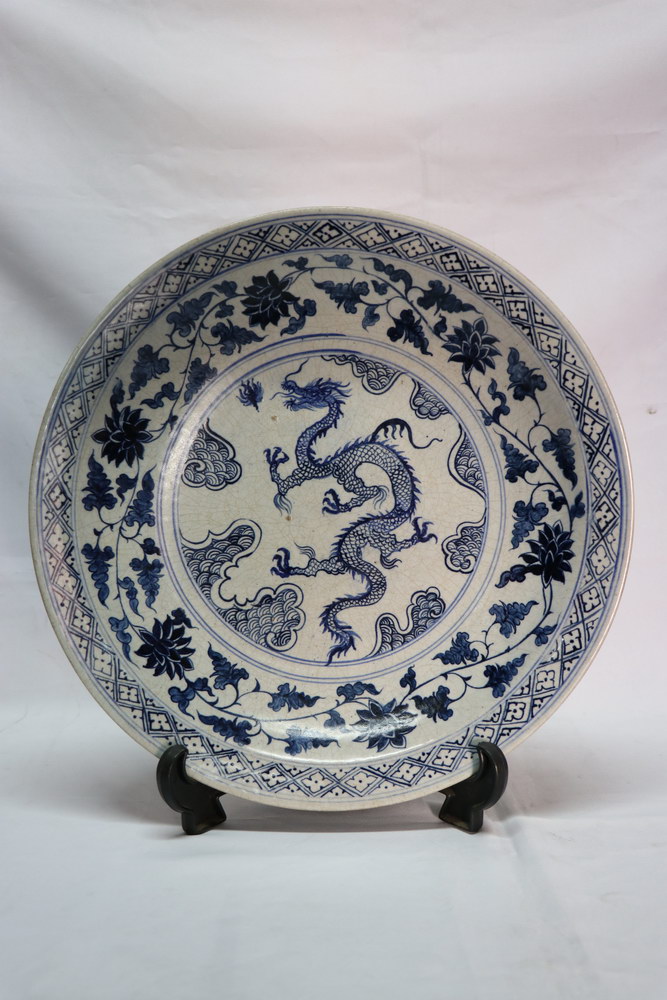
Yuan Dynasty Plate
Gently hand-painted by ancient artisans, this antique Chinese porcelain charger plate once belonged to a member of the Yuan dynasty royalty More info
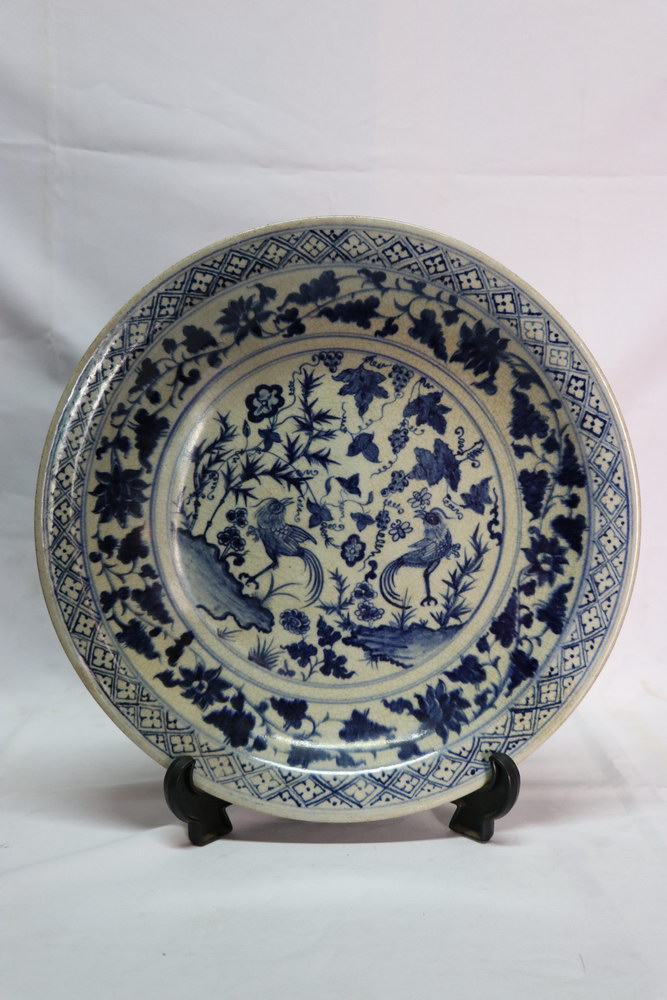
Ming Dynasty Plate
Exquisitely preserved, this rare and unique plate from the distant Ming Dynasty, the quality suggest it was used in the imperial palace. More info
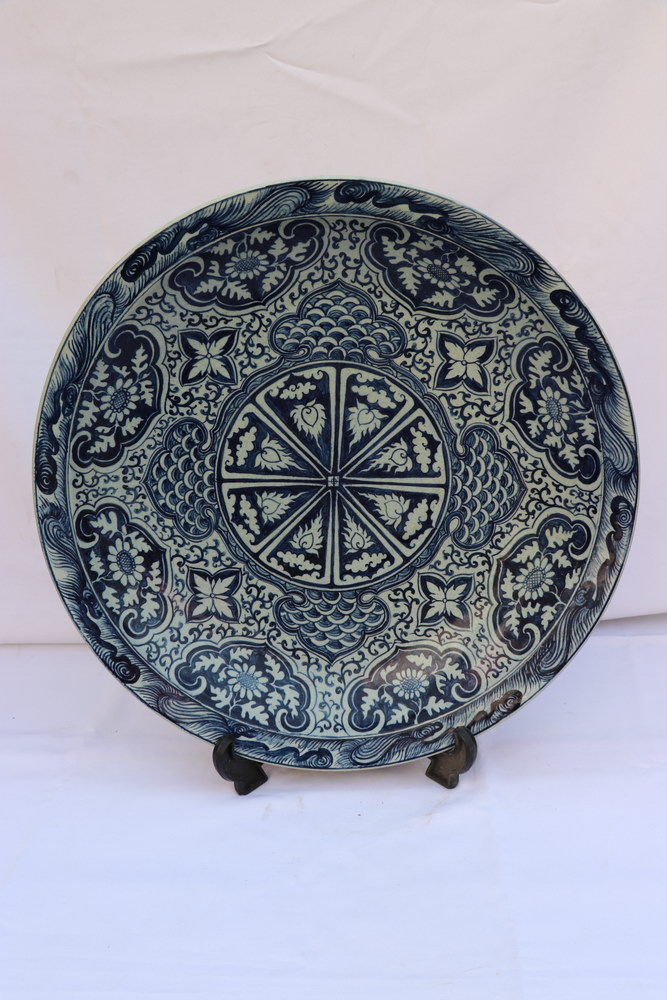
Yuan Dynasty Charger Plate
Rare blue and white porcelain charger plate from the Yuan dynasty military, this rare plate feature a beautiful and complex inverted painting. More info
Ancient China
Invasions of Northern Vietnam
In the early Ming, the country's domain spread to the south. It was due to their successful invasions of North Vietnam. Yet their occupation of Vietnam met determined local resistance from guerrillas.
With that, the Ming opted to restore their boundaries to their original lines and never chose to push south.
In the 15th century, the government organized a big tribute collecting flotilla. It was commanded by Zheng He to increase the country's influence. Also in this era, Japan started becoming more aggressive.
During the 15th century, Japan's raiders teamed with the Chinese pirates. This was to create coastal raids in the small-scale on Chinese waters. Despite being small-scale, it was still very disruptive to the coastal cities of China.
The Ming dynasty later attempted to prevent Japan from controlling Korea. This in turn, became a lengthy and costly campaign of the Ming dynasty.
read more
Commerce & Trade
Economy During the Ming Dynasty
This period was when feudal society was starting to show a declining trend. This happened is while capitalism began to originate. In agriculture, both implements of production and food output surpassed the other dynasties.
From the earlier time, the industry of handicrafts quickly developed. It was prominent in porcelain making since the industry reached an exceptional level. Since the rule of Zhu Yuan Zhang, it was a primary source of state finance.
The Jingdezhen was among the imperial kilns of the period. Improvement of the handicraft industry promoted market urbanization and economy.
During Emperor Shizong and Shenzong's reign, a significant number of goods were sold in the market. Such commodities included alcohol, crops, tobacco, porcelain, silk, fruit, and more. Meanwhile, a lot of foreign goods were on sale in a lot of cities in China. These items were tobacco from the US and clocks from Europe.
Moreoever, a set of commercial metropolises like Beijing, Suzhou, etc. were formed. Later policies of controlling commerce and ban on shipping hindered commercial development.
read more
About
The Great Wall of China
Maintenance of the Great Wall was not consistent throughout China's history. By the time of the Ming, it needed adequate repairs and works.
The Mongols were a never-ending threat to Ming's society. Also, the Great Wall is the most efficient defense they have against invasions. After a few clashes, the Mongols were able to capture Emperor Zhentong in the year 1449.
The Ming replaced the Emperor with his half-brother instead of paying a high ransom. They also decided to restore the Great Wall to its ultimate glory. The Ming assumed that power was the best use of their wealth to protect the empire.
Zhentong was eventually released and took the throne with the name Tian Shun.
read more
History
Cultural Achievements during the Ming Dynasty
Despite the many foreign links, cultural improvements were generally conservative. The Ming architecture can be distinguished with the Forbidden City. It is a palace complex built in the 15th century.
The best Ming sculpture was not large statues but small intricate ornamental carvings. These were usually made of wood, jade, ivory, and porcelain. Great levels of workmanship is necessary for Ming crafts. Yet the primary achievements in art were always seen in pottery and paintings.
There were a lot of developments in ceramics, together with the continuation of fixed traditions. Three main types of decorations also appeared. These were monochromatic glazes, underglazed copper, and overglazed or enamel paintings.
The latter was usually called blue & white. The pieces were often mirrored in places like Japan and Vietnam, and from the 17th century was in Europe. Lots of porcelain was well produced in factories at Jingdezhen, today's Jiangsu province.
One of the period's influential wares was the Yixing's stoneware in Jiangsu province. Exported in the 17th century to the West, it was known as boccaro ware and was immediately copied as well.
read more
"The Essence of Principal of Warriors is Responding to Change."
~ Liu Ji
Ming Dynasty Literature
The Ming Dynasty saw a surge in publishing in China. Along with that, massive amounts of affordable books for commoners were being produced. Reference books, religious tracts, and school primers were popular as well. Confucian literature and civil service examination guides were also favored.
The market for fictional books written in colloquial language was quite large. Feng Menglong's series of humorous short stories was popular. It featured ghosts and figures in palaces. The series sold well among educated women and merchants.
Another type of literary work that sold well was play scripts. Tang Xianzu is one of the highly noted playwrights. He specialized in romance and social satire.
Throughout the Ming Dynasty, the popularity of full-length novels began to rise. For centuries, a lot of adaptations of ancient stories had been part of oral storytelling traditions.
A lot of the best-known novels of the era were written by unknown authors. They used a pseudonym just like with the Jin Ping Mei which is an erotic work. The title could be translated as "The Golden Lotus" or "The Plum in the Golden Vase. The author's pen name is Lanling Xiaoxiao Sheng which means "Lanling's Scoffing Scholar".
Book illustrations also boomed during this dynasty. The printing methods allowed artists to carve their artworks on wood blocks. This was to easily reproduce images. Through illustrations, a publisher was able to make their books unique from others. This was necessary since written content from one publisher to another could overlap.
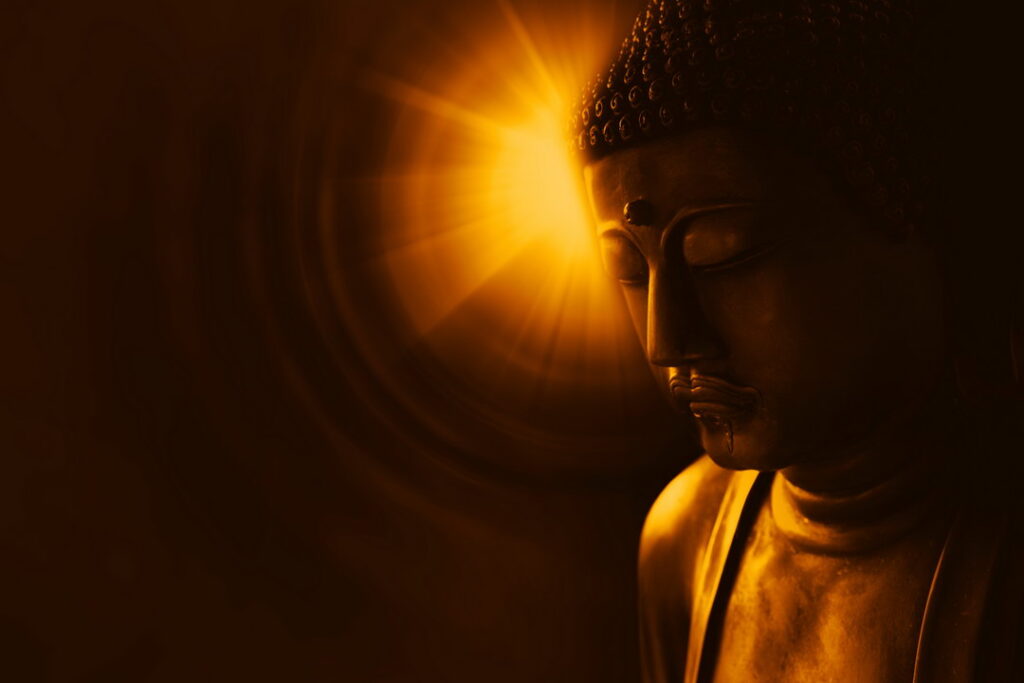
Religion in the Ming Dynasty
Different forms of Chinese folk religion was one of the main religious beliefs during the Ming Dynasty. Another one was the Three Teachings – Buddhism, Confucianism, and Taoism.
The Tibetan lamas which the Yuan supported fell from favor. The early emperors of the dynasty were in favor of Taoism. This granted positions to its practitioners in the ritual offices of the state.
The Hongwu Emperor reduced the sophisticated culture of the Mongol Yuan Dynasty. The Ning Zhu Quan prince also composed one encyclopedia to attack Buddhism as an exotic mourning cult. This inflicted damage to the state. Another encyclopedia was composed to join the Taoist principle.
Islam was another well-established religion in China. Its history was said to have started with Sa'd ibn Abi Waqqas in the Tang Dynasty. This was also known to have gained strong support from officials during the Yuan Dynasty.
The Ming Empire strictly reduced the support for Islam. However, several Muslim figures were still present. These included Chang Yuqun, Ding Dexing, Lan Yu, and Mu Yung, all of which are Hongwu generals. Zheng He, a powerful eunuch of the Yongle emperor, was also present.
Before the 16th century, the scientific development of the dynasty became vanguard in the world. A lot of scientific books were published in the early and middle period. These included "Heavenly Creations", a book about handicraft industry which Song Yingxing wrote.
Another book was the "Complete Treatise on Agriculture" by Xu Guangqi. Other published books were those written by Xu Xiake and Li Shizhen.
These books have been today's excellent documents when studying ancient technology. Military technology was quite advanced during the term. Other inventions included the Huochong gun, a kind of gun, and powerful artillery. These were invented in the late years of the dynasty.
A man named Wan Hoo was said to try fly up in the sky by sitting in a chair that gunpowder sticks propelled. Unfortunately, this ended up in failure. Wan Hoo became the first sacrifice in the people's conquest of the sky.
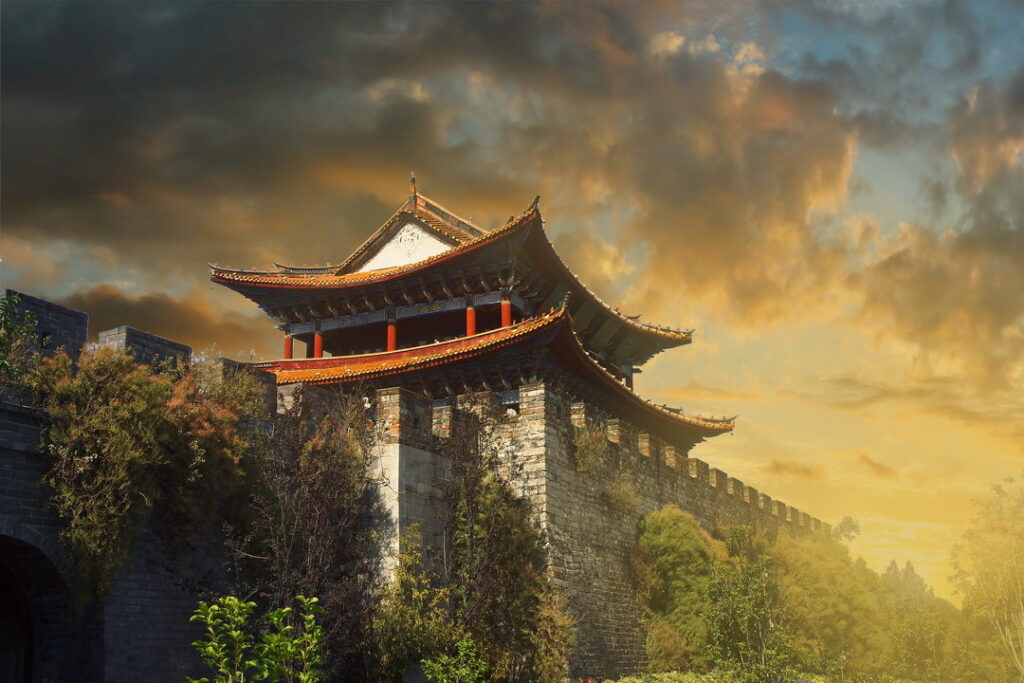
Decline and Fall of the Ming Dynasty
It was during the rise of Emperor Shenzong when the Ming Dynasty began to reach its decline. Earlier, Emperor Shenzong improved the national economy, military affairs, agriculture, and water conservation. This was under the assistance of the wise chancellor Zhang Juzheng.
Unfortunately, the chancellor's death led to the emperor neglecting the state's affairs. In the late years of his rule, the Ming army fell in the Battle of Sarhu. This was against Nurhachu, the so-called ruler of the Latter Jin.
Ever since, the Ming court fell into a passive state. The Nuzhen ethnic minority set up a confrontation with the Latter Jin.
The Ming dynasty end started during the reign of Wei Zong, the last emperor of the Ming Dynasty. This rule went by the name Chongzhen. The court officials were corrupt and the eunuchs began to assert dominance, leading to crisis.
In the Chongzhen period, people lived in tremendous hardship. This was due to the natural disasters and oppression from the ruling class. In 1862, rebellious forces initiated battles in the north of Shaaxi Province.
One of the leaders of the rebel group was Li Zicheng. Most peasants trusted and supported him greatly. By 1644, Li Zicheng caught Xi'an and created a new regime and called this Dashun.
In the same year, Emperor Wei Zong took his own life in Jingshan Hill of Beijing. This signified the end of this dynasty.
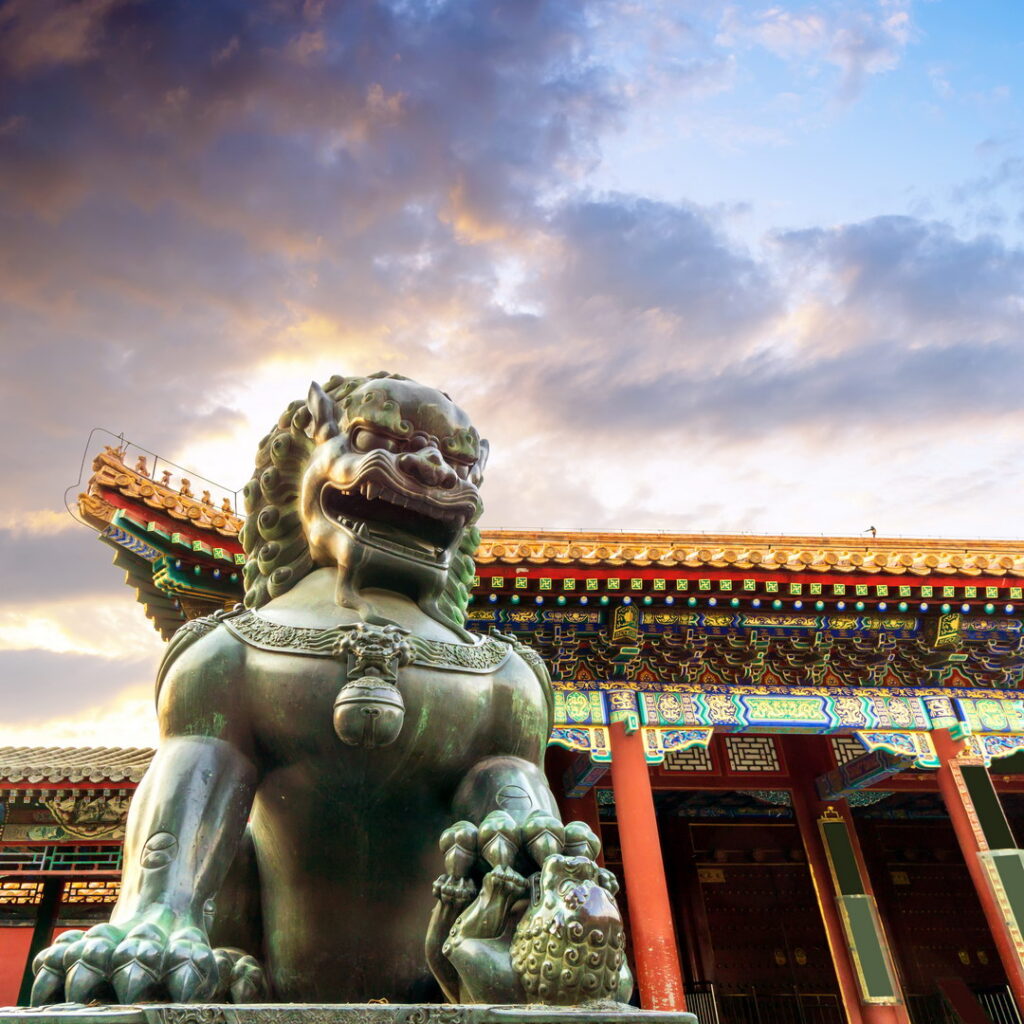
Significant Changes During the Ming Dynasty
Beijing had changed in the year 224 CE when it served as the capital of Ming. Building an imperial capital was highly emphasized in the early years. The nobility and power of the Ming Court reflected through this.
During the 1500s, various infrastructures and transportation systems were completed. The imperial compounds had increased numbers of workshops and warehouses. The places for court members and support staff were also increased.
Around the Ming Dynasty's end, Beijing served the imperial family and the bureaucracy. The number of imperial family members that the state supported had estimates of around sixty thousand. Beijing's population reached as high as one million.
![]()
ฺBlue and White Porcelain During the Ming Dynasty
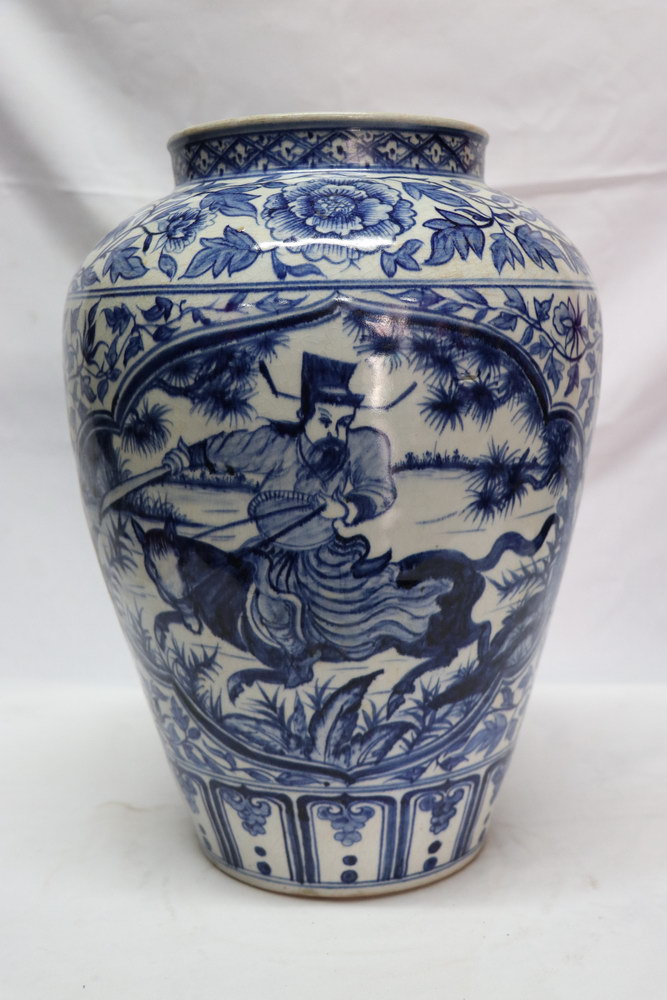
Blue and White Porcelain Ming Vase Warrior Riding a Horse
This magnificent ฺBlue and White Ming vase is perfectly preserved with traditional cobalt oxide blue tones that still glow like the first day. The piece begins with a slim foot that makes way for exquisitely defined arches spread across the base.
Buy Now!
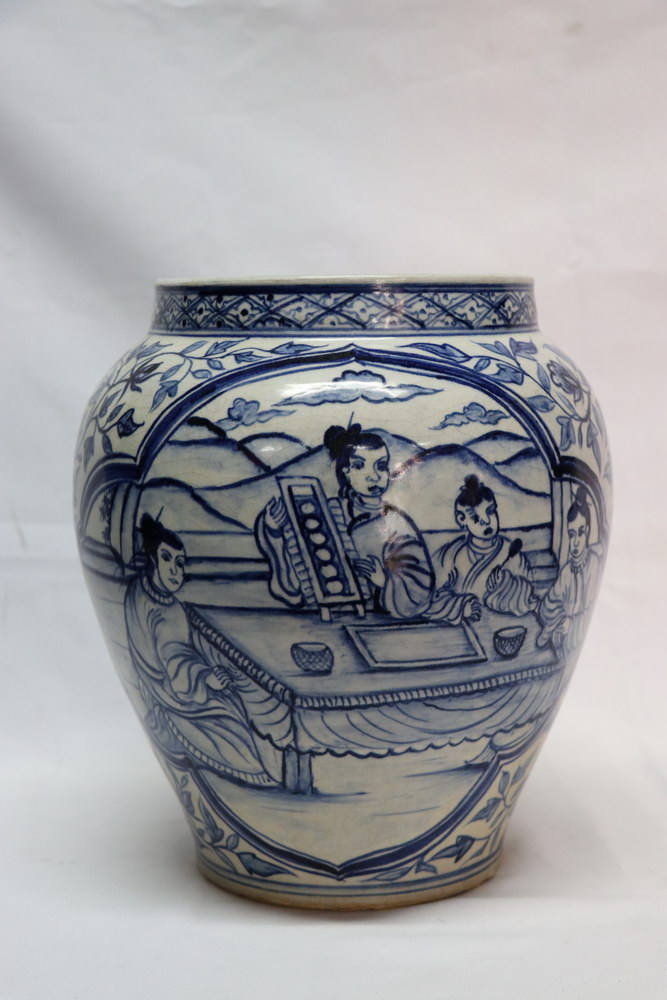
Early Ming Chinese Antique Blue and White Porcelain Jar with Characters
The blue glaze of the traditional cobalt oxide of this early Ming Dynasty porcelain jar shines like the first day.Its base with a slim foot opens the way to a double-line medallion that cements the main figure
Buy Now!

Early Ming Dynasty Blue and White Porcelain Vase with Characters
This elegant blue and white Ming vase was painted exclusively in exquisite blue tones of traditional cobalt oxide has been superbly preserved. Its base begins with elegant floral arches between two double medallions.
Buy Now!
Source: https://realrareantiques.com/ming-dynasty/
0 Response to "Ming Dynasty Plates Designs Blue Plate Design Ming"
Post a Comment